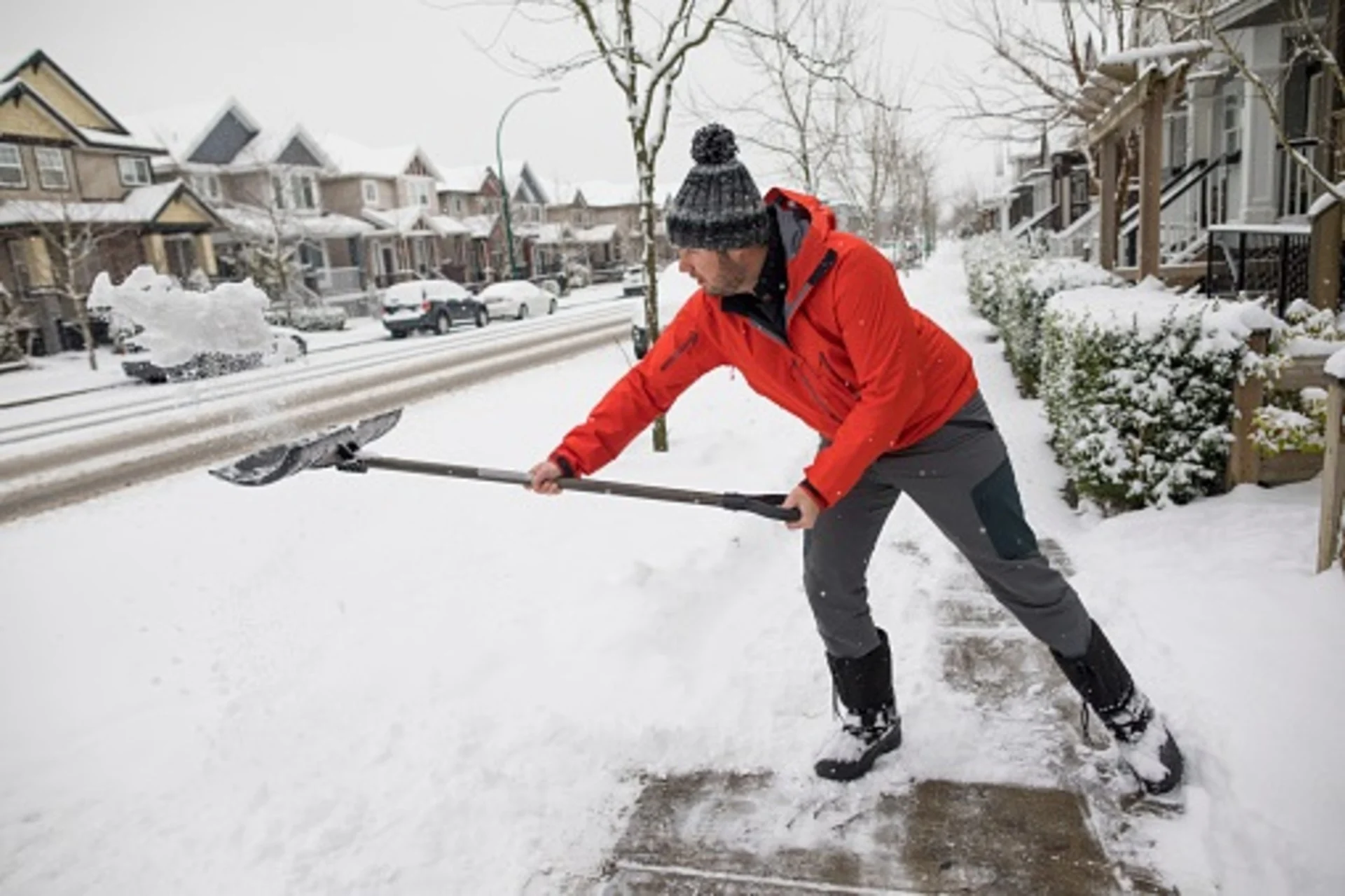
Be aware of your heart while shovelling heavy snow
Heart attacks have been known to occur while shovelling heavy amounts of snow — here are signs to watch for and how to do it as safely as possible.
Shovelling snow can not only hurt your back, but it can also be hard on your heart.
Heart attacks during shovelling usually occur when people rush to clear a heavy amount of snow.
Health officials say blood vessels are tighter in the cold weather, making it harder for blood to pass through them. Combine that with the stress of physical activity, and it can mean disaster for some unsuspecting shovellers.
RELATD: Avoid injury when shovelling snow by doing this
Who's at risk?
According to MetroHealth, patients who have a known heart disease condition, have high blood pressure, high cholesterol and/or are smokers are at highest risk of a heart attack while shovelling snow.
The Heart and Stroke Foundation recommends that anyone who has ever had a heart attack, stroke, or heart surgery should have someone else do the shovelling or should speak to their doctor before taking on such a task.
RELATED: Why some hearts can't handle the cold
WATCH: Can cold spells increase the risk of heart attacks?
SIGNS TO LOOK OUT FOR:
While shovelling the snow, watch for the following warning signs:
Lightheadedness
Dizziness
Being short of breath
Tightness or burning in chest, neck, arms or back
If you experience any of these warnings signs while shovelling, sit down and rest. If the feeling continues for more than a few minutes call 911.
The do's and don'ts:
Be sure to talk to your doctor before tackling the snow.
Avoid shovelling immediately after you waking up in the morning as most heart attacks occur early in the morning when blood is more prone to clotting. Wait for at least 30 minutes and warm up.
Do not eat heavy meal before shovelling: blood gets diverted form the heart to the stomach.
Warm up your muscles before starting by walking for a few minutes or marching in place.
Do not drink coffee or smoke for at least one hour before or one hour after shovelling or during breaks.
These are stimulants and elevate your blood pressure and heart rate
Plan accordingly:
Use a small shovel: shovel many small loads instead of heavy ones.
Begin slowly and take frequent, 15 minute breaks.
Drink plenty of water to avoid dehydration Dress in layers, to avoid hypothermia (low body temperature) or overheating.
Cover your head and neck (50% body heat lost through head and neck).
Cover your mouth (breathing cold air can cause angina or trigger breathing problems.
WATCH BELOW: Shovelling snow is a heart hazard, this common kitchen item can help
Source: The Heart and Stroke Foundation, MetroHealth.org
Thumbnail image courtesy: Getty Images











